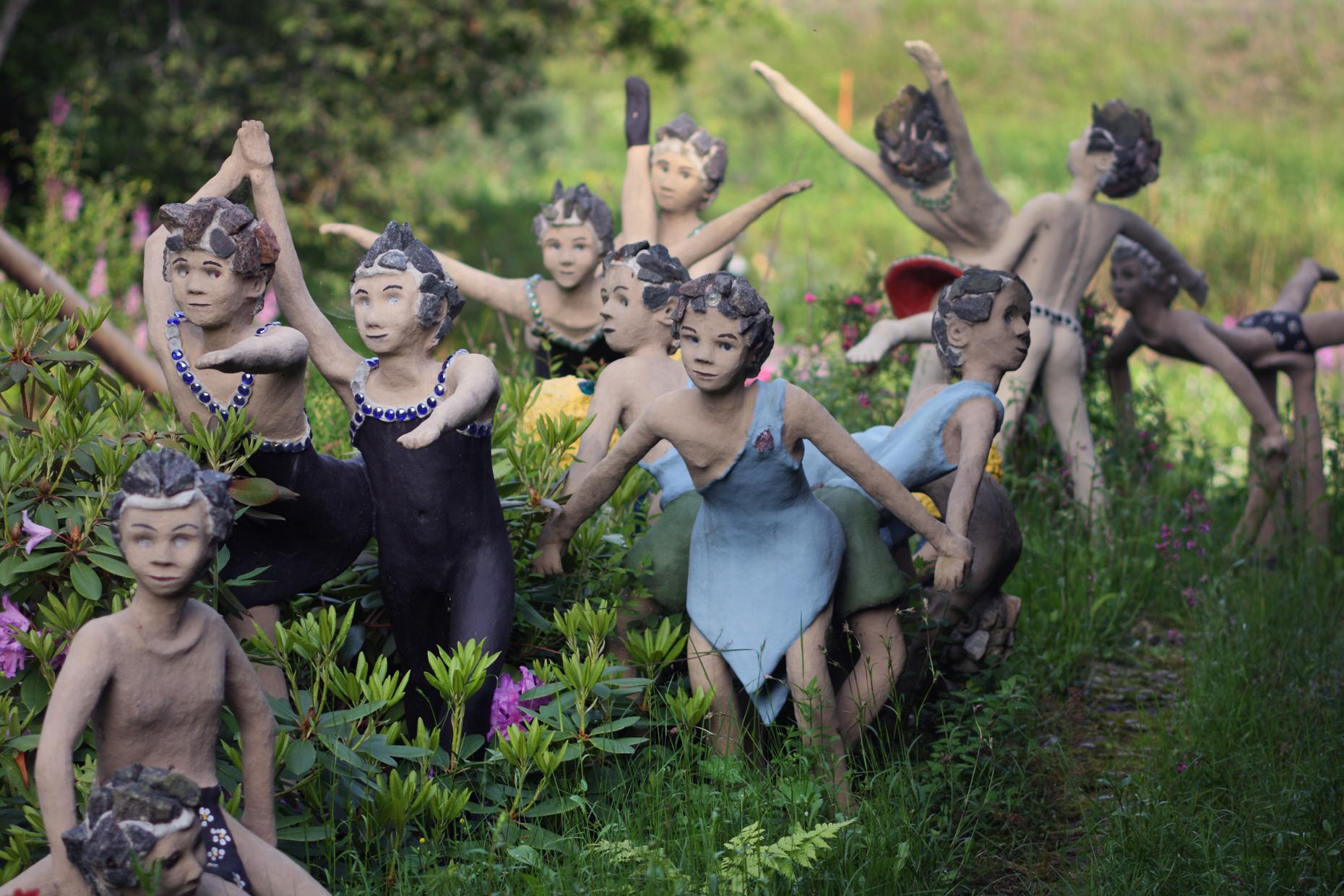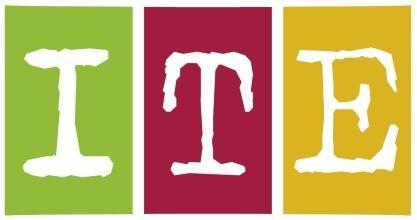History
The ITE project, organised by the Union for Rural Culture and Education, is a unique project even on a global scale, with the objective of collecting and surveying contemporary folk art.
When the project was launched in the late 1990s, Finnish visual folk creativity did not have any established name or definition. Gradually, as a result of the project team’s discussions, an idea of the subject of the project emerged and of how to describe it for the purposes of the survey. The photos by Veli Granö, taken for his project entitled Onnela (A Trip to Paradise), governed the project team’s expectations of what kind of work and artists could possibly be found in Finland. The main criteria were to be non-professionalism and unrestrained creativity so that the focus was on originality, distinguishability and uniqueness.
The search campaign was launched in the press in March 1999 with local art committees, council offices for cultural affairs, village committees as well as the Finnish Crafts Organisation being targeted more directly by post and email. Some 70 ”agents” with experience in the fields of arts and culture were recruited to help in the search. The survey team also published newspaper advertisements to ask the public to ”expose” contemporary folk artists.
The efficient publicity activities and pre-survey work resulted in a large database of leads that artist Erkki Pirtola, armed with his video camera, used as the starting point for his quest for potential contemporary folk artists. Although the leads produced by the advertisements proved that contemporary folk art was a useful concept to describe the nature of the project’s subject, the team found it too general to be its title. Itse tehty elämä, artist Veli Granö’s suggestion for the title of the main project exhibition, was thought to be more precise. As a result of the team’s brainstorm session, Raija Kallioinen realised that the name could be abbreviated to ITE. This suggestion was immediately approved and a unanimous decision was made to call the survey, the exhibition and the accompanying publication Itse tehty elämä – ITE. Exhibitions and publications by the Union for Rural Education and Culture as well as the active spreading of information meant that the term ITE art rapidly entered everyday language and Finnish art lingo.
The nation-wide ITE project launched in 1998 lasted officially until 2000 but in practice the related activities have continued without interruption until today. The survey managed to collect information on some 300 Finnish self-taught artists. At the first exhibitions, 70 of these artists were introduced as ITE artists. Local surveys later managed to unearth a considerable number of contemporary folk artists. The initial extensive national survey brought large sculpture parks to the fore, whereas the more detailed local surveys found expressions of folk creativity in numerous collections of smaller works and works created indoors.
Text: Minna Haveri, Doctor of Arts


